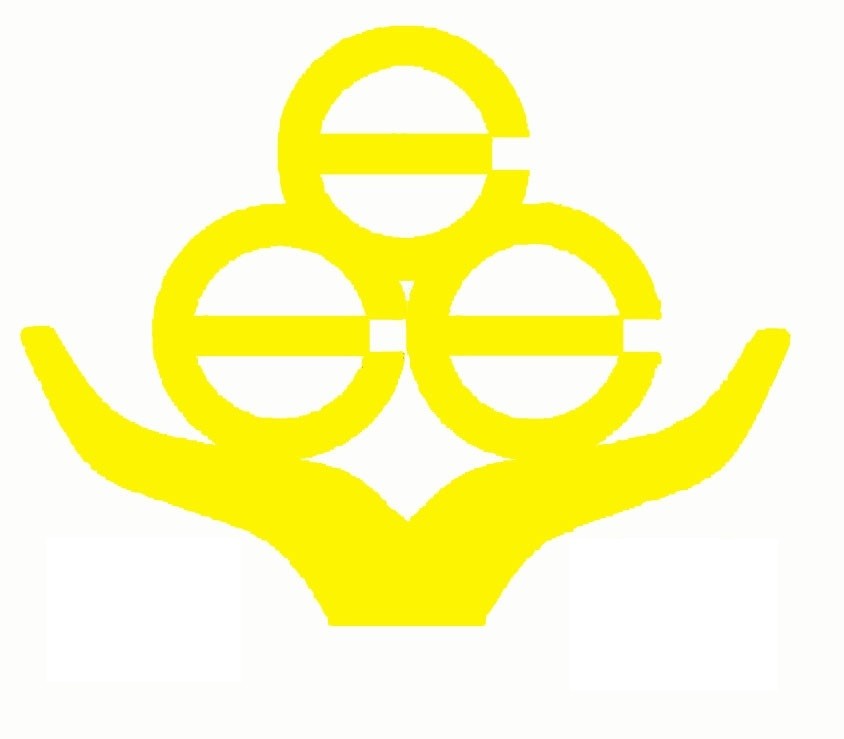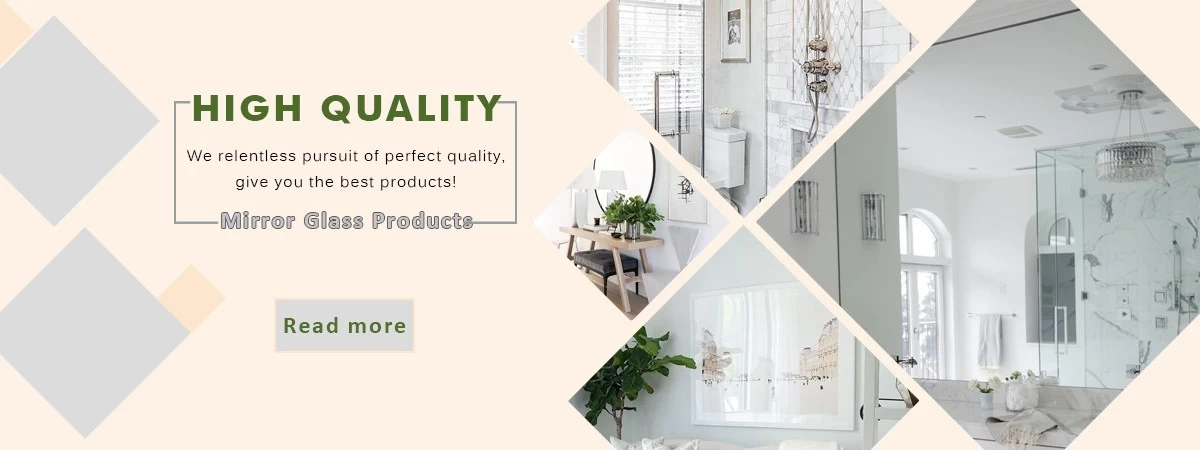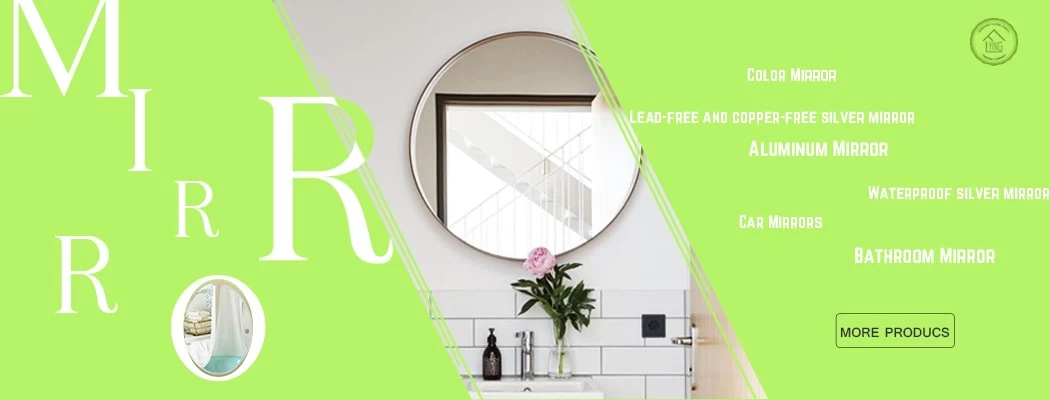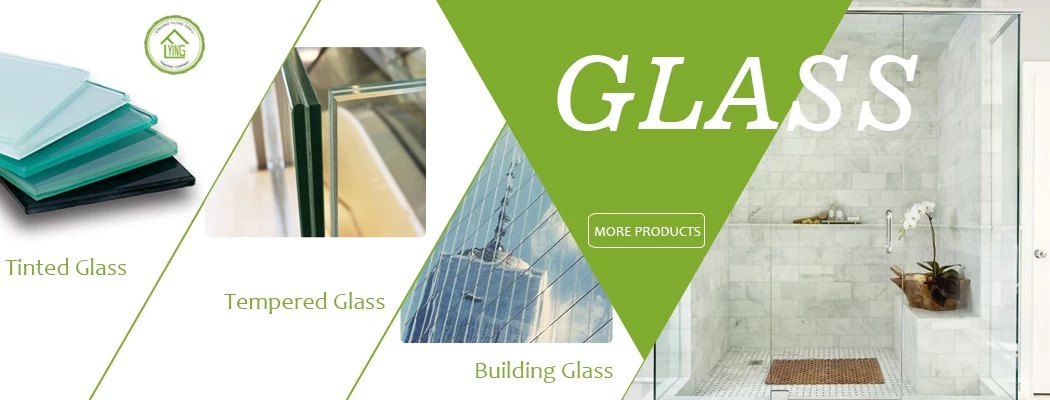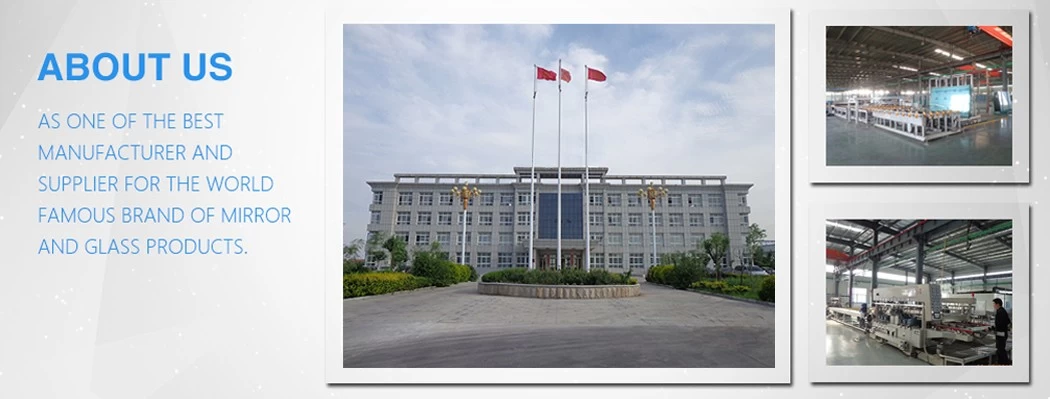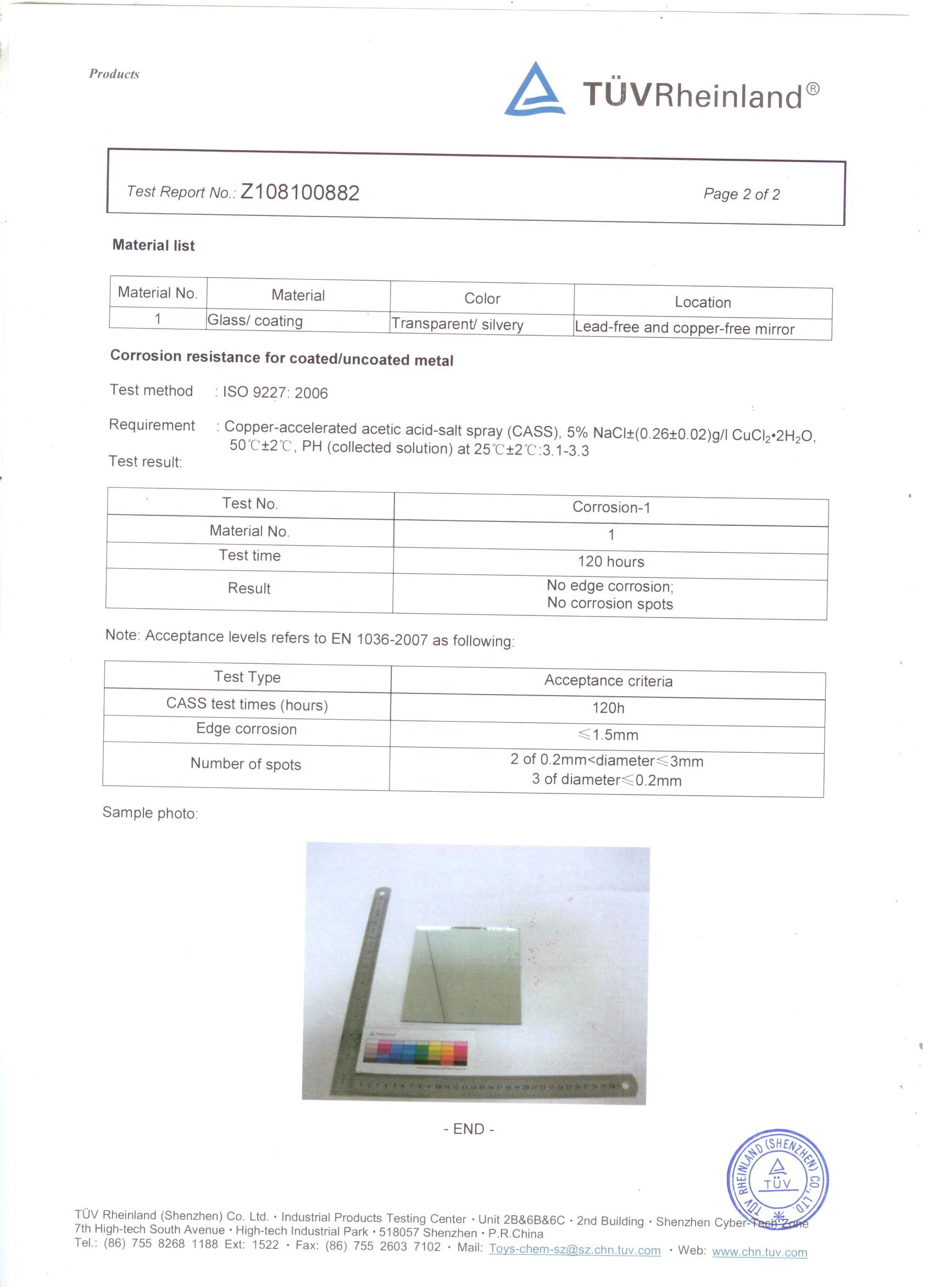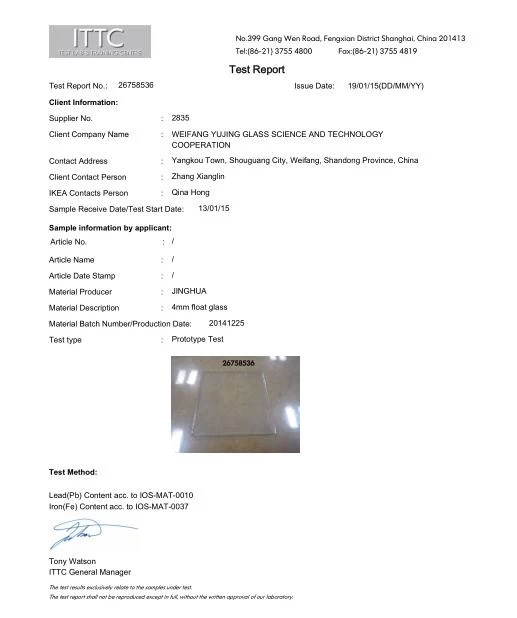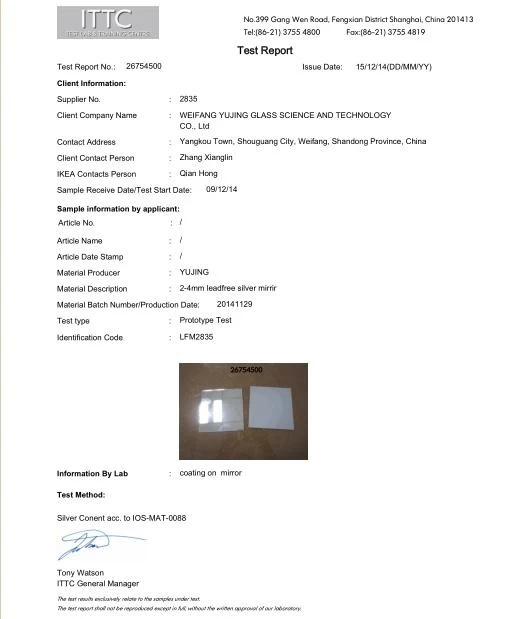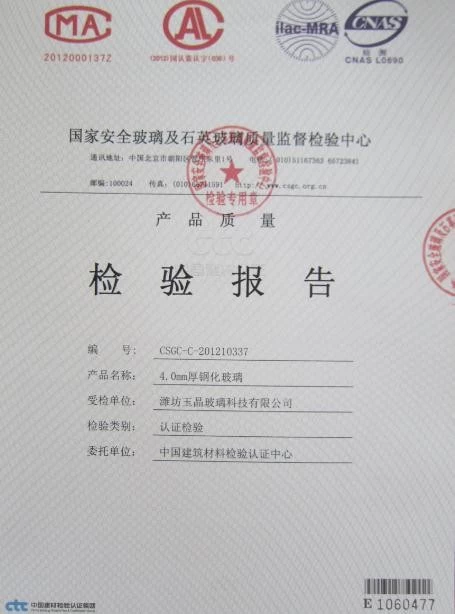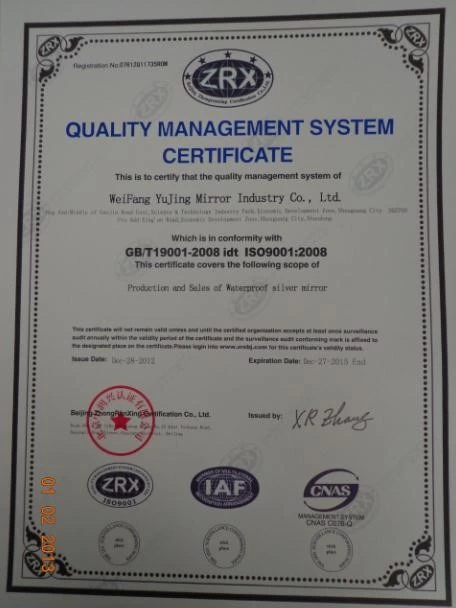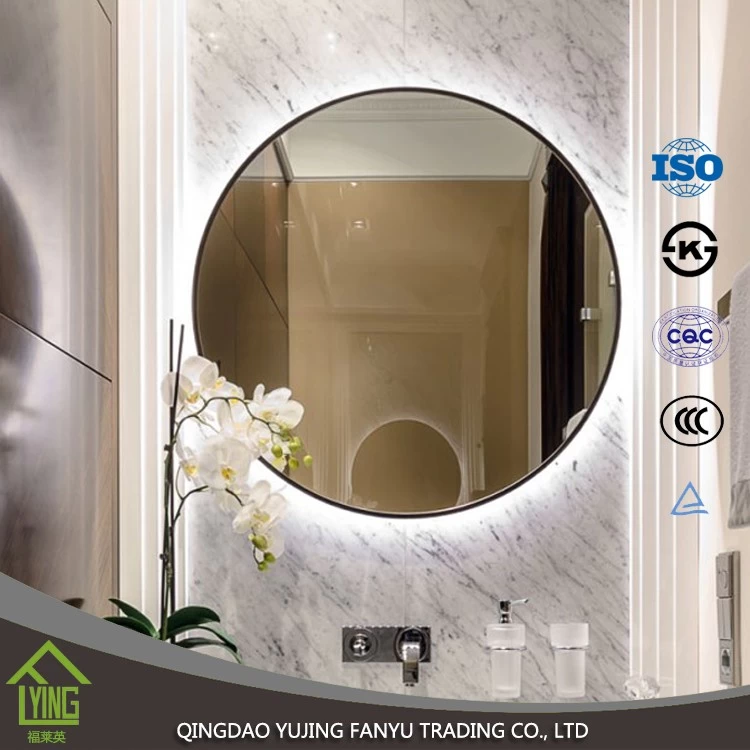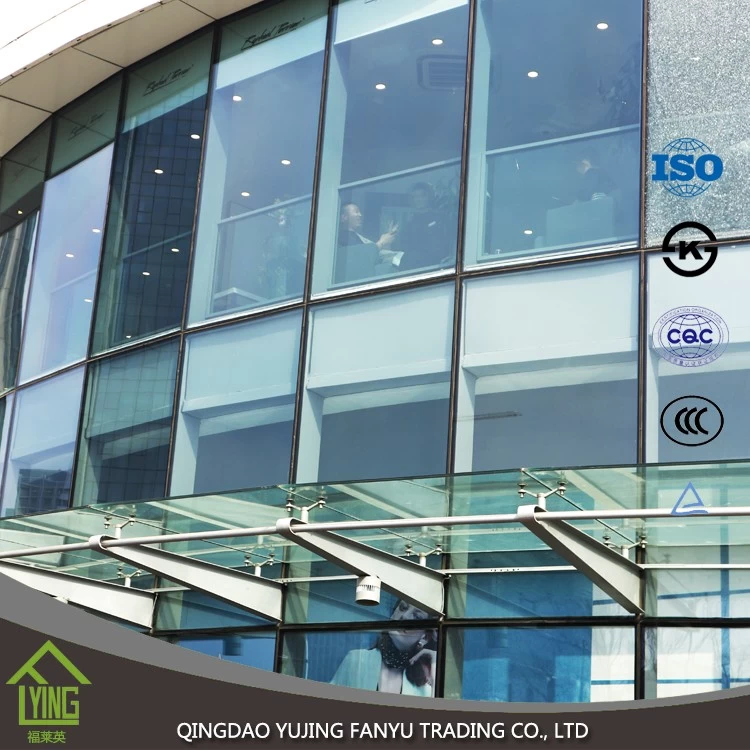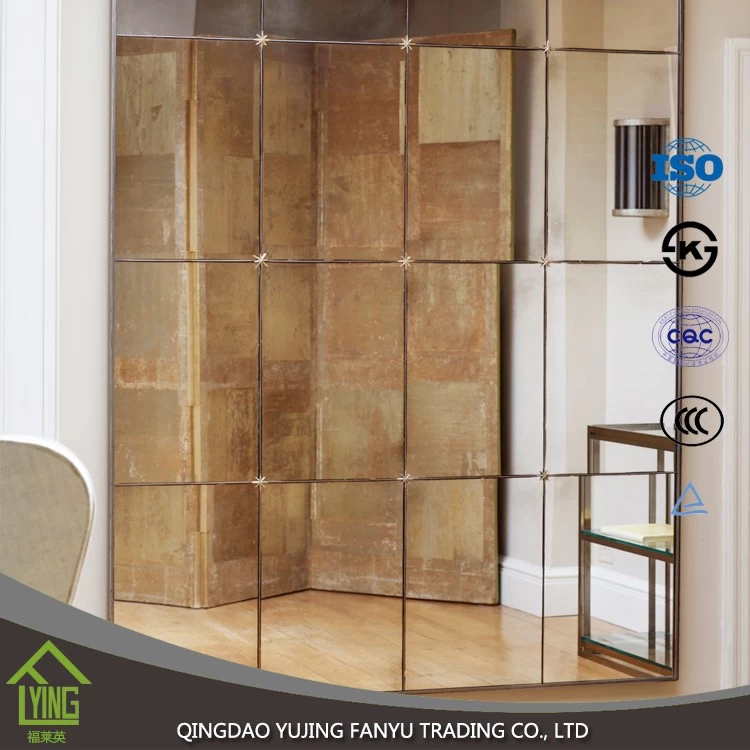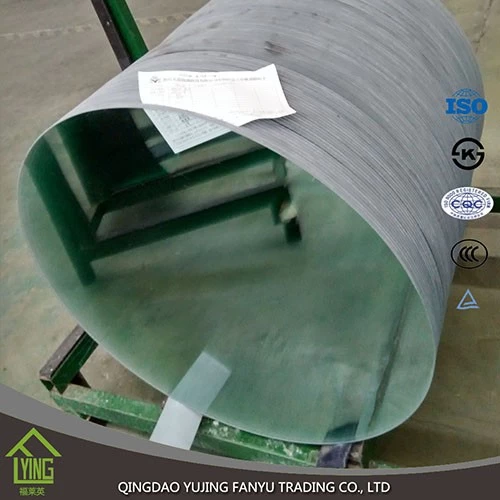How to choose the color of the Low-e glass
Fanyu
Www.glass.com.cn
2018-08-15 09:44:29
LOW-E glass, also known as low-emissivity glass, is an energy-saving glass. Due to its superior energy-saving and colorful colors, it is a beautiful landscape in public buildings and high-end residences. Common LOW-E glass colors are blue, gray, colorless, etc. These mainstream colors are durable and look like the mainstream color of urban architecture, and some more distinctive colors, such as gold, silver, silver. Blue and so on.
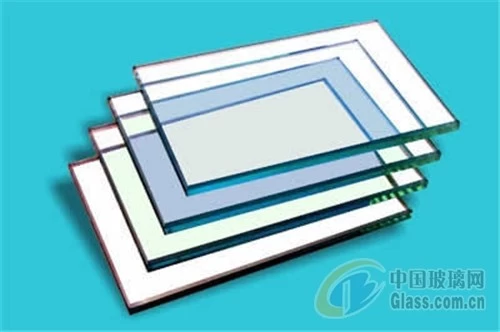 As we all know, we use glass as a curtain wall for several reasons: to take natural light, reduce energy consumption, and be beautiful. The color of the glass is like a human dress. The right color can make people's eyes shine. The inappropriate color will make people look uncomfortable. So how do we choose the right color? We will discuss the following aspects: light transmittance, outdoor reflection color, film reflection color and transmission color, original film and structure, and the influence of interference color in the process of reading. First, the appropriate light transmittance: According to the "General Rules for the Design of Civil Buildings" GB50352-2005, civil buildings are divided into two categories according to their functions: public buildings and residential buildings. Mandatory regulations: "Code for Design of Energy Efficiency in Public Buildings" GB50189-2015 for Class A public buildings: when the area ratio of a single facade window wall is < 0.4, the transmittance of glass shall not be less than 0.60; the ratio of the area of a single facade window When ≥ 0.4, the transmittance of glass should not be less than 0.40. Recessive regulations: "Code for Design of Energy Efficiency in Public Buildings" GB50189-2015, "Design Standard for Energy Efficiency of Residential Buildings in Severe Cold and Cold Areas" JGJ26-2010, "Design Standard for Energy Efficiency of Residential Buildings in Hot Summer and Cold Winter Areas" JGJ134-2010, "Summer Hot Winter" In the JGJ 75-2012 standard for energy-saving design of residential buildings in warm areas, for building facades, glass materials with different window-to-wall ratios have specific parameters of shading coefficient Sc or solar heating coefficient SHGC, and shading coefficient and light transmission. The rate is closely related, we need to refer to the specific performance parameters when choosing the glass. Other principles: building use (such as residential needs better lighting), owner's preferences, local solar irradiance factors, other relevant national and local energy efficiency standards, and so on. Second, the appropriate outdoor color 1) Appropriate outdoor reflectance: Outdoor reflectivity is a color factor that is easily overlooked by everyone. In fact, not only the specific red, green, yellow, blue and other color values, the reflectivity of glass is also closely related to its color expression. The outdoor reflectivity of hollow LOW-E glass is generally between 10% and 30% (national regulations, LOW-E glass is not more than 30%), and 10%-15% can be called low-reverse, low-reflective glass. The color is less irritating to the human eye, not a deep color, and does not give a very vivid color feature; 15%-25% reflectivity can be called middle and negative, and the color of the middle and reverse glass is very good. It is easy to highlight the color of the film layer. For example, the blue glass has a reflectivity in this section. The color will be blue and beautiful. Similarly, other colors will be the same; 25%-30% can be called For high-reverse, high-reflection glass is too strong, it is very irritating to the pupil of the human eye, and the pupil will adapt to the reduction to reduce the amount of light incident. Therefore, we see that the high-reflection glass color will have a certain distortion. The color looks like a piece of white, this color is generally called silver, such as silver, silver and so on. Glass with high reflectivity will cause certain light pollution and safety hazards under certain conditions. For example, in the "Optical Performance of Glass Curtain Wall" GB/T 18091-2000, it is proposed that the glass curtain wall set below 20m in the main roads, overpasses and elevated roads of the city, and the rest of the road sections below 10m, the reflection ratio should be controlled below 0.16. The glass curtain wall should be restricted in the residential area (for safety and lighting, try to choose glass with low reflectivity). · 2) Appropriate color values: The color is like the coat of a building, we need to choose the right color according to the customer's preferences and functions. Featured item color recommendation: Traditional banking, finance, and high-end consumer venues need to create a sense of grandeur. At this time, if you choose a high-reflection gold-colored glass with a pure color, you can create a good atmosphere. For libraries, exhibition halls and other projects, you can choose high-reflection and low-reflection colorless glass. There is no visual obstacle and no restraint, which can provide a comfortable reading environment. Museums, martyrs cemeteries and other commemorative public construction projects need to give people a sense of solemnity, we can choose medium and transparent gray glass. In general residential projects, in order to take into account the characteristics of safety, lighting, comfort, etc., you can choose medium-high colorless, blue-gray, gray and other color-based glass. Third, the effect of color and film color. In general, we pay more attention to the outdoor reflection color, and pay less attention to the transmission color and the anti-reflection of the film. If we put LOW-E glass on a piece of white paper, or look through the window to see the outdoor scenery, the effect that affects our vision is through color, outdoors, we look up at the glass of the tall building, the glass with low floor Looking through the indoor, high-rise glass, because the angle between the viewing angle and the vertical glass is small, we see the color reflected from the glass. Because the film surface of LOW-E glass is indoors, if you look at the glass indoors, because of the light intensity and angle, it is difficult to see the reflection color of the film surface. Generally, it is seen through the color, if at night. In the case of outdoor darkness, the lights are turned on indoors, and the film color can be clearly seen at a certain angle. In the national standard, only the range of color difference of the outdoor reflection color of the glass is specified, and there is no specific limitation on the transmission color and the film color. Only the low-rise buildings and interiors can see the transmission color, and the range of the color of the transmission color is very small. The transmission color of the conventional film system is generally within our acceptable range; the color of some film colors is relatively heavy, but only Indoor nights can only be seen under certain conditions. Therefore, it is acceptable for the transmission color and film color to be within a reasonable range. Fourth, the impact of different original film and glass structure on color: Sometimes, when choosing the color, we have selected the color of a 6+12A+6 conventionally configured LOW-E glass. If the original film and structure change, after changing the wall, you may find the color and sample of the glass. There are big differences, for the following reasons: 1) Ultra-white glass: Because the iron ions in the glass are removed, the color will not be green. The conventional hollow LOW-E glass color is debugged with ordinary white glass as standard, and will be 6+12A+6 structure. The white glass is debugged to a more suitable color. If the coating is on an ultra-white substrate, some colors may have a certain degree of redness. The thicker the glass, the greater the difference in color between the white and the ultra-white. 2) Thick glass: the same as above, the thicker the glass, the greener the glass, the thicker the thickness of the hollow glass, and the use of laminated insulating glass to make the color greener. 3) Color glass, common color glass has green wave, gray glass, tea glass, etc. These original films are very heavy due to their own color. The color of the original film will mask the color of the film after coating. The role of the film is mainly in heat. Performance aspects. Therefore, when choosing LOW-E glass, we must not only consider the color of the standard structure, but also consider the factors of the substrate and structure of the glass. 5. Eliminate the interference color during the process of hanging the glass: Before LOW-E glass is applied to the wall in large quantities, the small batch of upper wall colorimetry is a necessary process, but in the outdoor color comparison, there will be more interference items, such as the sunlight intensity and sunlight angle of the day. Different color contrast between LOW-E glass, etc. The first two items can be observed through different time periods and different angles, but the color contrast between different color glasses sometimes causes us trouble. . |
